We Need a Plan of Action for Disability Inclusion
Disability inclusion is more than a trend. It's a commitment. At its core, disability inclusion means offering everyone the same chances and opportunities, regardless of their abilities. We should be working towards creating environments where people with disabilities have the same opportunities and access as everyone else. This applies in the workforce, in education, in healthcare, and in all other aspects of society. In a business setting, this means making offices, tools, and roles accessible for all. In society at large, it is more than a task, it’s a mission: creating a world where everyone feels valued and accepted.
Disability inclusion is important for both social and economic reasons. On a social level, it establishes opportunities for everyone to participate fully in society and contribute their skills and talents. On an economic level, it can lead to increased innovation, productivity, and market share.
Why Businesses Should Care: The Business Case for Disability Inclusion
What’s your organization’s disability inclusion action plan?
If you're interested in improving your service, your business, and your bottom line, you should know what the plan is. If you don’t know, it’s clear that someone needs to put a plan into place. A few reasons why:
Diversity of Thought
Different backgrounds and experiences mean diverse ways of thinking. People with disabilities bring a unique perspective to the workplace. Their lived experiences can help businesses to better understand the needs of their customers and to develop more innovative products and services. With diversity, solutions are richer and more varied.
Innovation
Businesses that implement a “disability inclusion plan” often find untapped wells of creativity and resilience. People with disabilities are often creative problem-solvers. They are used to overcoming challenges, and they can bring new ideas to the table.
Increased Market Share
With over a billion people worldwide having some form of disability, an accessible business serves a larger audience. A disability inclusion policy can help businesses to attract and retain top talent. People with disabilities are a growing market, and companies that are inclusive are more likely to attract their business, as well as the patronage of many of their family and friends.
Enhanced Reputation
Companies dedicated to “disability inclusion” show they care, which builds trust and attracts both consumers and top talent. A disability inclusion policy can help businesses to improve their reputation with customers, employees, and investors.
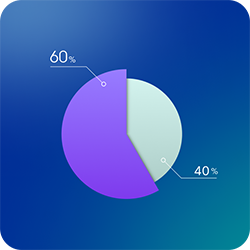
It shows that the business is committed to diversity and inclusion, increasingly important values in today's society.
Knowing the Rules: Key Regulations for Disability Inclusion
The legal landscape supports disability inclusion. Three major U.S. regulations to note:
The Americans with Disabilities Act (ADA) is a federal law that prohibits discrimination against people with disabilities in employment, public accommodations, transportation, and telecommunications.
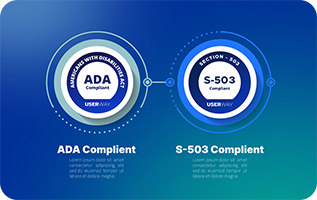
This requires that businesses and public spaces and services be accessible to those with disabilities.
Section 503 of the Rehabilitation Act is for federal contractors and subcontractors. This federal law requires federal contractors and subcontractors to go ahead and take action to employ and advance qualified individuals with disabilities. Their workforce must include and welcome people with disabilities.
The State and Local Government Equal Employment Opportunity Act (EEO Act) prohibits discrimination against people with disabilities in all aspects of employment by state and local governments.
High Stakes: The Importance of Accessibility Compliance
Disability access and inclusion plan regulations are more than just a formality. There are real, serious consequences when these requirements aren’t met.
Accessibility compliance in business environments is important because it secures opportunities for people with disabilities to fully participate in the workforce.

When a business's website, office, or other facilities are not accessible, people with disabilities may be excluded from employment openings, potential promotions, and equal shots at a job or career.
Some Negative Consequences of Non-Compliance with Accessibility Regulations
| ⬇ Legal | ⬇ Financial | ⬇ Business | ⬇ Customer |
|---|---|---|---|
| Non-compliant? You might find yourself on the wrong end of a lawsuit. | Non-compliance can mean hefty fines and loss of business, customers and employees. | If your business isn't accessible, you risk alienating a large customer base. And, you may have difficulty attracting and retaining top talent. | An inclusive experience builds loyalty. A frustrating one drives customers away. Your non-compliance just cranked up your bounce rate, online and in-person. |
Crafting Inclusivity: Job Descriptions and Applications
- Right Language: Use clear, simple, jargon-free language. Avoid technical terms. And, be sure to use inclusive language that does not discriminate against people with disabilities.
- Real Requirements: Be clear about the essential functions of the job. Be specific. Does the job truly require lifting, or is that just what was expected in the past?
- Flexible Formats: Offer the job description in various formats like audio or large print, or as a video recording. Consider the ways that people with different abilities may interact with your job opp.
- Highlight Inclusivity: Express your company's commitment to disability inclusion, verbally to potential employees, and in your digital and print media materials.
- Accessible Platforms: Make sure your application portal is user-friendly for everyone.
- Accommodate with Patience: Provide reasonable accommodations for the application process, such as extended time or assistance with reading and writing. Give it some thought: you’ll know what’s appropriate.
Beyond the Application: Inclusive Interviews and Onboarding
After candidates apply, the disability inclusion plan isn't over. So what’s next? Inclusive job interviews and onboarding practices are a crucial part of creating a welcoming, supportive environment for employees with disabilities.
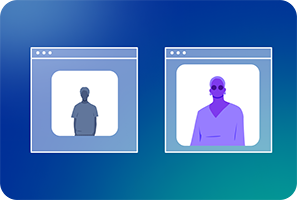
Adaptive Interviews
- Offer sign language interpreters or written formats for interviews.
- Ask questions about the applicant's disability and how it might impact their ability to do the job.
- Be prepared to answer questions about the company's disability inclusion policy.
- Be flexible and make accommodations, such as providing a quiet room or a sign language interpreter.
Inclusive Onboarding
- Confirm that all training materials and orientations are accessible.
- Provide clear and concise instructions on all onboarding materials.
- Offer training to all incoming and existing staff on disability awareness and inclusion.
The Bigger Picture: Careers, Education, and Accessibility
Disability inclusion must cover every aspect of professional life.
Learning Materials
From textbooks to videos, they should be accessible to everyone. People with all types of disabilities will need to work through them, so you’ll need to offer alternative formats, such as Braille or audio recordings.
Video Meetings
Think captions, clear audio, and simple interfaces. Video meetings should be accessible to people who are deaf or hard of hearing, with closed captioning or transcripts.
Business Websites
All websites, internal and customer-facing, must follow the disability access and inclusion plan, with full accessibility for people with all types of disabilities.
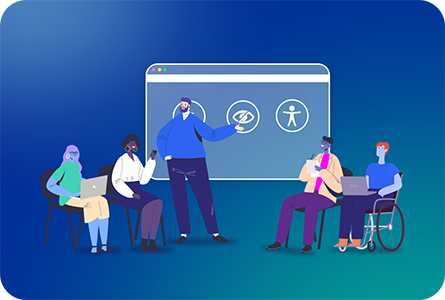
At the most basic level, sites should be navigable with screen readers, have high contrast for visibility, use clear and concise language, and offer alternative text for images.
And, check through to make sure all forms are accessible. A more thorough accessibility plan should include an accessibility audit, some type of monitoring, and accessibility testing, as well as digital accessibility training for anyone working on the website.
Making It Personal
Inclusivity should be a company-wide initiative, built in wherever possible from the ground up, and from the top down.
At the same time, each and every team member, whatever their place in the organization hierarchy, can decide what they will do to go the extra mile to value and welcome their colleagues, regardless of disabilities.
What can you do to seek out perspectives on disability from people who live with it? How will you use that information?
What can you do to support a colleague with disability in participation, engagement, decision-making, and the path to leadership? What can you change?
What can you do within your team or department to develop strategies and communications that include people with disabilities? What can you offer?
And, what are you already doing on your own that can be shared with coworkers, to leverage your ideas and resourcefulness in ways that will expand inclusivity behaviors within your organization?
Keeping the Momentum: Evaluating Your Plan
Your organization doesn’t stand still, and neither should you. It's essential to regularly check your disability inclusion plan. Adapt to new needs, get regular feedback, and always strive for full inclusivity.
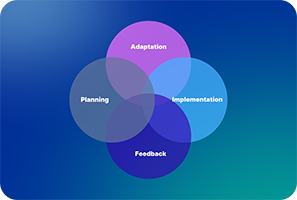
In the end, a world built with everyone in mind is richer, more vibrant, and undeniably better for us all.
Remember to always prioritize accessibility in every initiative. If you're unsure, consult experts or those directly affected. They'll provide invaluable insights.









